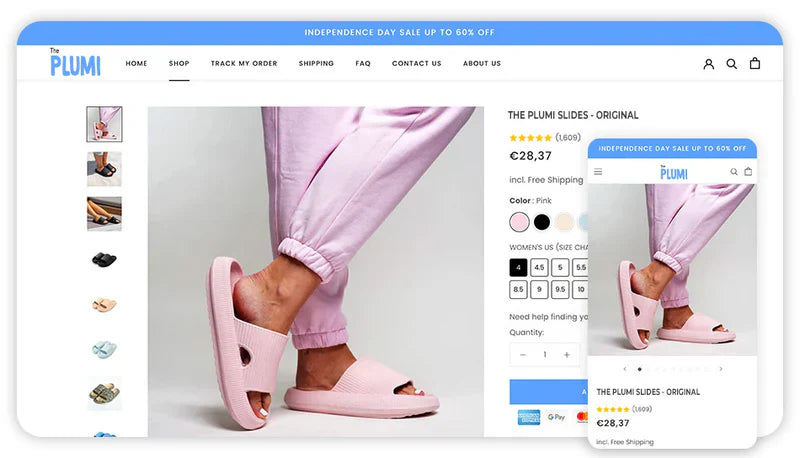In the highly competitive world of e-commerce, optimizing your Shopify store for search engines is crucial to attract organic traffic and boost sales. Implementing effective SEO strategies can significantly improve your store's visibility in search results, leading to increased traffic and higher conversion rates. Here are some valuable insights and tips to help you optimize your Shopify store for SEO in 2024.
1. Start with a Strong Foundation: Thewebuilders
Before diving into specific SEO techniques, it's essential to have a well-optimized store from the start. Thewebuilders provides prebuilt Shopify stores tailored for dropshipping success. These stores come fully optimized for SEO, ensuring a strong foundation for your e-commerce business. Plus, if you don't make any sales, you get a full refund, making it a risk-free investment.
2. Conduct Thorough Keyword Research
Keyword research is the cornerstone of any successful SEO strategy. Identify relevant keywords that potential customers are using to search for products in your niche. Use tools like Google Keyword Planner, Ahrefs, or SEMrush to find high-volume, low-competition keywords. Incorporate these keywords naturally into your product titles, descriptions, and other content on your site.
3. Optimize On-Page SEO
On-page SEO involves optimizing individual pages on your Shopify store to rank higher in search results. Here are some key elements to focus on:
-
Title Tags and Meta Descriptions: Ensure that each page on your site has a unique title tag and meta description that includes your primary keyword. Keep the title tag under 60 characters and the meta description under 160 characters.
-
Header Tags: Use header tags (H1, H2, H3) to structure your content. The H1 tag should contain your primary keyword and be unique to each page.
-
URL Structure: Create clean, descriptive URLs that include relevant keywords. Avoid using long, complicated URLs.
4. Utilize Alt Text for Images
Search engines cannot read images, but they can read the alt text associated with them. Use descriptive, keyword-rich alt text for all images on your site. This not only helps with SEO but also improves accessibility for visually impaired users.
5. Create High-Quality, Engaging Content
Content is king when it comes to SEO. Regularly publish high-quality, engaging content that provides value to your audience. This could include blog posts, product guides, how-to articles, and more. Ensure that your content is well-researched, informative, and optimized for relevant keywords.
6. Build a Strong Internal Linking Structure
Internal links help search engines understand the structure of your site and the relationship between different pages. Use internal links to guide users to related content and products, keeping them engaged on your site longer. This can also help distribute page authority across your site, improving overall SEO performance.
7. Implement a Robust Link-Building Strategy
Backlinks from reputable websites signal to search engines that your site is trustworthy and authoritative. Reach out to industry influencers, bloggers, and other websites for guest posting opportunities, collaborations, and partnerships. Focus on acquiring high-quality, relevant backlinks rather than a large quantity of low-quality links.
8. Optimize for Mobile Devices
With the majority of online shopping now happening on mobile devices, it's crucial to ensure your Shopify store is mobile-friendly. Use responsive design to provide a seamless browsing experience on all devices. Google also prioritizes mobile-friendly sites in search results, so this can have a significant impact on your SEO.
9. Improve Site Speed
Site speed is a critical factor in both user experience and SEO. Use tools like Google PageSpeed Insights to identify areas where you can improve your site's loading time. Optimize images, leverage browser caching, and minimize JavaScript and CSS to ensure fast loading times.
10. Monitor and Analyze Your SEO Performance
Regularly monitor your SEO performance using tools like Google Analytics and Google Search Console. Track key metrics such as organic traffic, bounce rate, and keyword rankings. Use this data to identify areas for improvement and adjust your strategy accordingly.



Teilen und 15 % Rabatt sichern!
Teilen Sie dieses Produkt einfach in einem der folgenden sozialen Netzwerke und Sie erhalten 15 % Rabatt!